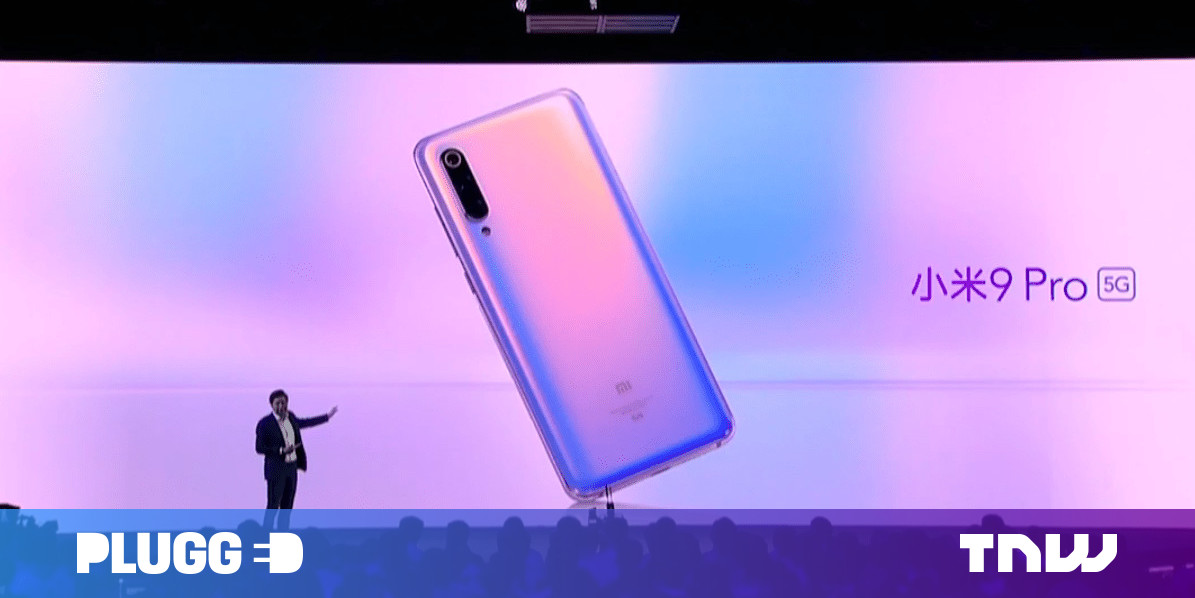Apple focused on two big things for the iPhone 11 lineup: cameras and battery life. In typical battery life tests up to now, the flagship iPhones have performed well but have been outpaced by leading Android phones which ship much larger capacitiy batteries.
However, Apple increased the battery capacity in the iPhone 11, iPhone 11 Pro and iPhone 11 Pro Max this year. And the results speak for themselves; in Arun Maini’s battery life test video, the iPhone 11 Pro Max easily beat the leading Android competition.

Try Amazon Prime 30-Day Free Trial
Apple made big claims about the new iPhone flagship battery life, with all models reportedly beating the iPhone XR’s performance, and general real-world use has been backing up those estimates. But how does the iPhone 11 lineup compare to the leading Android smartphones when it comes to battery life …
The iPhone 11 battery capacity is rated at 3046 mAH, and the iPhone 11 Pro is roughly comparable with 3190 mAH. The larger iPhone 11 Pro Max has a whopping 3969 mAH battery. In this test, Maini compared the three iPhone 11 models to the Note 10+ and the Huawei Mate 30 Pro, which features an incredible 4500 mAH battery.
The battery life test is relatively strenuous, cycling through tasks like Instagram, Camera, 3D games, music streaming and Shazam. How well does Apple’s combination of hardware and software do?
You can obviously watch the video yourself for the full breakdown of what happened, but what’s interesting is that whilst the iPhone 11 Pro Max stormed ahead, the $699 iPhone 11 trailed its 5.8-inch iPhone 11 Pro cousin by quite a margin — even though on paper the batteries are seemingly equivalent.
The iPhone 11 achieved a final time of 5 hours and 2 minutes. This longevity is fine for everyday use and mirrors the performance of the iPhone XR, which everyone generally agrees is more than enough to get you through a normal day.
However, the iPhone 11 Pro managed 6 hours and 42 minutes, lasting an additional hour and a half than the iPhone 11. This much of a discrepancy was surprising. Perhaps the OLED display in the 11 Pro is just more efficient than the 11’s LCD panel, or maybe there are buggy software explanations behind this.
The Note 10+ achieved 6 hours and 31 minutes, almost rivalling the iPhone 11 Pro.
But there’s a big gap between those and the remaining two contenders. The Huawei Mate 30 Pro came in at 8 hours and 13 minutes … but the iPhone 11 Pro Max took the number one spot with an incredible 8 hours and 32 minutes of battery life.
It’s going to be seriously difficult to run out of juice on an iPhone 11 Pro Max with typical day-to-day workloads.
Watch the full test here:

https://9to5mac.com/2019/09/24/iphone-11-pro-max-battery-life/
2019-09-24 10:46:00Z
52780392110772
:no_upscale()/cdn.vox-cdn.com/uploads/chorus_asset/file/19225506/vpavic_190923_3683_0016.jpg)
:no_upscale()/cdn.vox-cdn.com/uploads/chorus_asset/file/19225508/vpavic_190923_3683_0019.jpg)
:no_upscale()/cdn.vox-cdn.com/uploads/chorus_asset/file/19225505/vpavic_190923_3683_0010.jpg)
:no_upscale()/cdn.vox-cdn.com/uploads/chorus_asset/file/19225516/vpavic_190923_3683_0034.jpg)
:no_upscale()/cdn.vox-cdn.com/uploads/chorus_asset/file/19225513/vpavic_190923_3683_0029.jpg)
:no_upscale()/cdn.vox-cdn.com/uploads/chorus_asset/file/19225510/vpavic_190923_3683_0026.jpg)




:no_upscale()/cdn.vox-cdn.com/uploads/chorus_asset/file/19223427/Play_Pass_ticket_logo.png)
